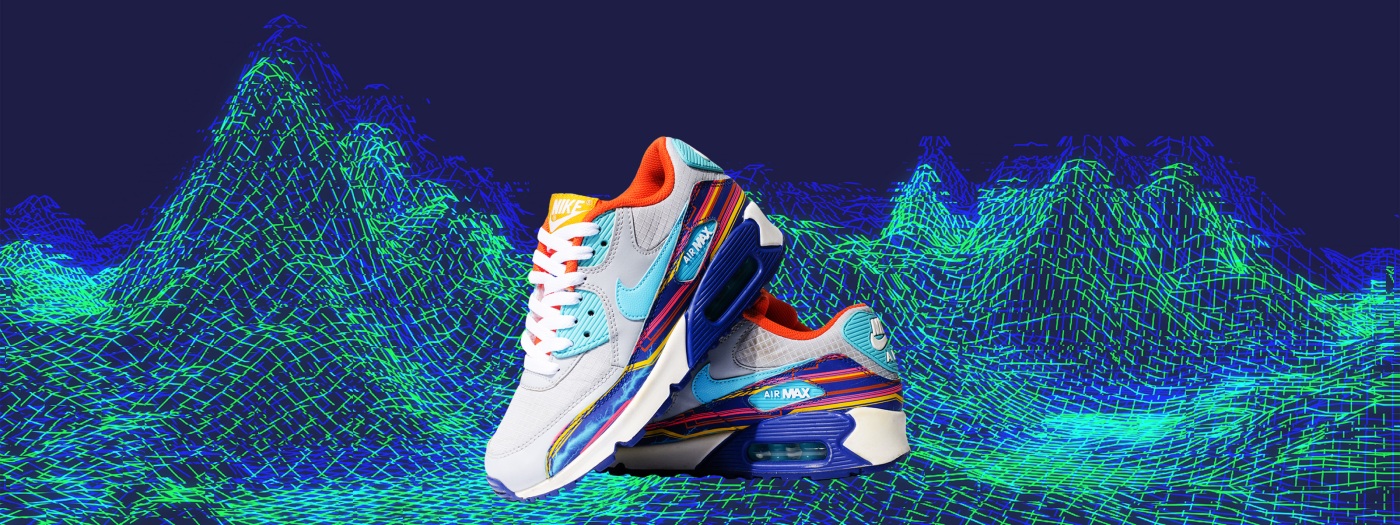Nike is betting you’ll want to wear Air Jordans in the metaverse

Fashion has gone digital. Digital fashion is essentially the same thing as traditional fashion, but the jeans and shirts you buy aren’t physical garments and you won’t wear them — your avatar will.
“Digital fashion” has been around for a while — games like Fortnite offer outfits (also known as “skins”) for avatars to wear — but as the metaverse is gaining popularity, more brands are looking to monetize their goods by creating digital versions for consumers to buy.
In the news: Nike is among the big brands ready to monetize the metaverse.
In late October, the company filed trademark applications that, if approved, would give it the exclusive right to use its iconic logos and slogans on digital goods in virtual worlds and environments.
“Virtual worlds are a new frontier,” Josh Gerben, the trademark attorney who spotted the filings, told the Wall Street Journal. “It will probably become a revenue stream for Nike.”
What’s the metaverse? The metaverse is expected to be the next evolution of the internet.
Though we don’t know exactly what it’ll look like, the core idea is that we’ll use VR headsets and digital avatars to move around virtual worlds the same way we use browsers to move between websites today.
Everything we do online today, we’ll do in the metaverse tomorrow in a more immersive way. Instead of using video-chat software like Zoom for work meetings, for example, we may don VR headsets and chat with the digital avatars of our coworkers in virtual conference rooms.
The metaverse will also give us a new way to do “real world” activities online. Rather than getting all sweaty at the real Coachella, we could meet the avatars of our friends at virtual festival stages to catch sets by performers’ own digital likenesses.
That means the metaverse is also likely to change how we shop.
Instead of going to the mall or visiting a brand’s website to look at 2D-versions of clothes today, our avatars may walk around virtual stores, getting 3D views of clothing and even trying on garments before we decide whether or not to have them shipped to our homes.
The metaverse will also open up a whole new realm of things for us to shop for: digital goods. These are the products that we’ll want to use in the metaverse — it’s the clothes and makeup our avatars will wear, and the furniture and art we’ll use to decorate our digital spaces.
Digital goods: Now that the metaverse is looking more and more like an inevitability (and less like one of many possibilities), major brands such as Nike, Coca-Cola, and Gucci are taking notice and looking for ways to translate their physical products into digital goods — and rake in those very real profits.
If the trademark office approves Nike’s applications, it will have the exclusive right to use its iconic swoosh logo, “Just Do It” slogan, and other designs on digital goods.
Though the company hasn’t revealed any specific products it plans to sell in the metaverse, the application covers “footwear, clothing, headwear, eyewear, bags, sports bags, backpacks, sports equipment, art, toys, and accessories.”
If the applications are approved, Nike will also have the ability to take legal action against anyone selling digital knock-offs in the metaverse.
“If you want to police your trademarks in that world, it’s going to be easier if you just own registrations for virtual goods,” Gerben told CNBC.
Legit products: As for how anyone will be able to tell that a digital avatar is wearing a pair of Air Jordans made by Nike and not an identical-looking pair sold illegally, the company could include non-fungible tokens (NFTs) with purchases.
These are files stored on a public blockchain that act as a proof of ownership for digital products. They’ve become popular in the art world, but sports equipment brand Asics recently showed how they could be used by retailers to sell digital goods destined for the metaverse.
In July, it auctioned off a collection of nine digital sneakers, authenticated by NFTs. It sold just 20 copies of each sneaker in the collection, and purchasers received 3D models of the shoes as part of the sale.
“These files can be used for rendering and animation to create new works of art or to outfit avatars in the Metaverse,” the company wrote on its website. “Our hope is that these assets are used creatively to push the boundaries of footwear.”
The bottom line: It’s looking like there will be a lot of money to be made in the metaverse — the Information expects it to be worth $82 billion by 2025 — so brands would be foolish to not explore its monetization potential.
“Today, every company needs a website and/or an online business strategy,” Pat Bocchicchio, an analyst for venture capital firm Loup Ventures, wrote in 2018. “Tomorrow, companies will have entire teams dedicated to thinking about ways to advertise, sell, or even build a product within the metaverse.”
We’d love to hear from you! If you have a comment about this article or if you have a tip for a future Freethink story, please email us at tips@freethink.com.
Source: www.freethink.com
